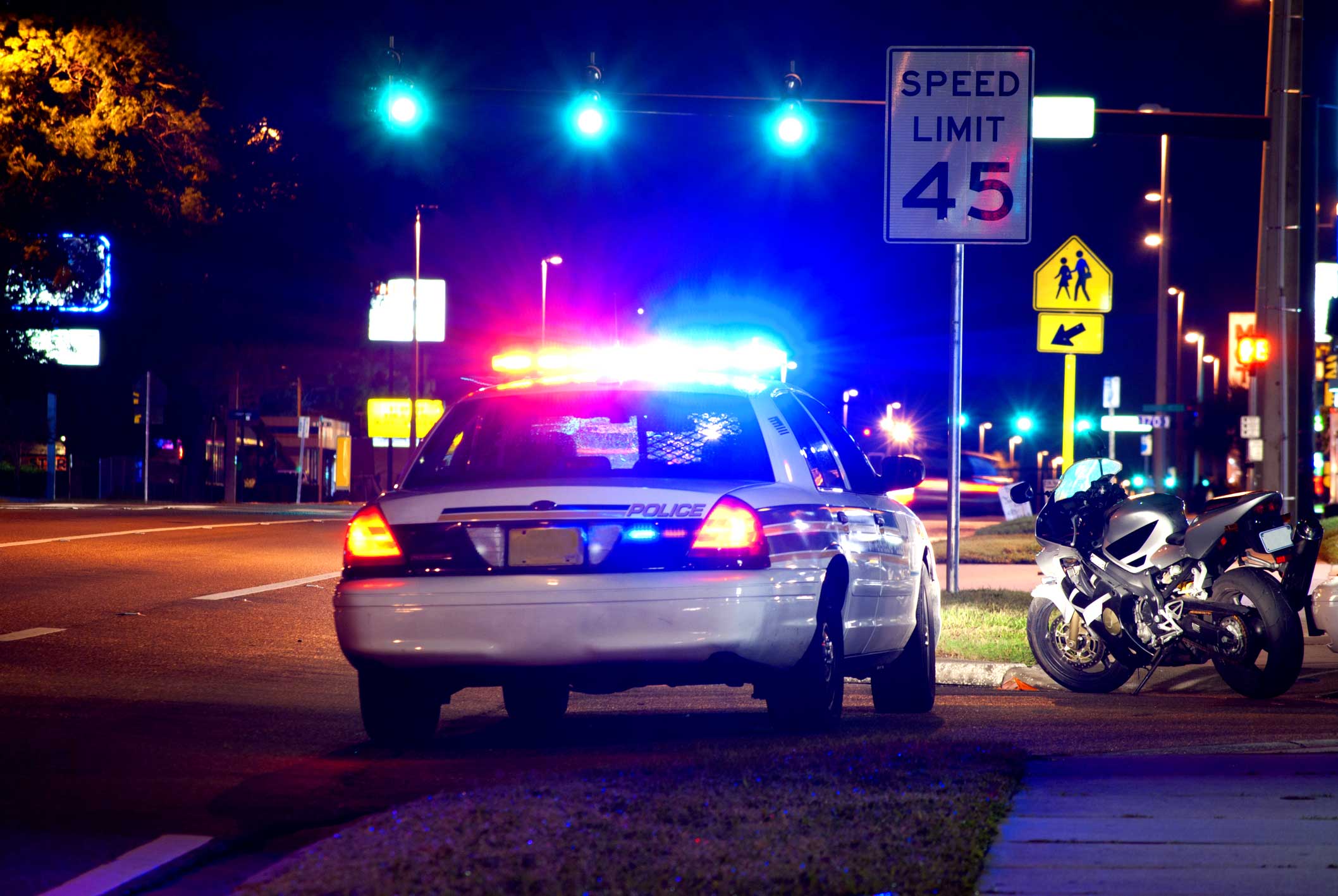Stop making so many arrests. That’s the unconventional law enforcement approach a University of Virginia School of Law professor advocates in a new paper.
The tragic police encounters that are making headlines often start with an attempted arrest or stop by police. In reality, arrests don’t always make communities safer, Rachel Harmon argues in “Why Arrest?,” published in the current issue of the Michigan Law Review. And in the wake of outrage over polarizing confrontations with police, reform seems more possible than ever, she said.
Harmon, the F.D.G. Ribble Professor of Law, teaches criminal law courses such as “Law of the Police” and “Criminal Procedure Survey.” She has written widely on policing and its regulation and is a former attorney for the U.S. Department of Justice, where she prosecuted hate crimes and official misconduct cases, many of which involved excessive force or abuse by police officers. She also recently took on the role of associate reporter for the American Law Institute’s project on policing.

Rachel Harmon is an expert on criminal procedure and a former attorney in the U.S. Department of Justice. (Photo by Dan Addison, University Communications)
Q. How could making fewer arrests result in a better criminal justice system?
A. An arrest is a tool of criminal justice, not one of its goals. Although commentators sometimes debate whether a particular arrest was necessary or just, we don’t think a lot about arrests in general, and whether they really are essential to ensure public safety and order. We rely on constitutional law to take care of that question for us: If an arrest complies with the Fourth Amendment, we take if for granted that it is probably worth doing.
It turns out that even legal arrests are harmful to suspects and their families, risky for officers and costly for the communities that pay for them. And the Supreme Court just assumes that the government has a strong interest in making an arrest if there is probable cause to believe a crime has been committed. It has never much examined that assumption.
My article is an attempt to look closely at the purposes arrests purport to serve, such as starting the criminal process, addressing street-level disorder and deterring crime. What I found is that alternatives are increasingly available, and that they tend to impose less harm than arrests without compromising public safety. If localities can replace arrests with effective-but-less-harmful alternatives at reasonable cost, then it seems unjust to continue to arrest more than 12 million people a year, even assuming they have all committed crimes worth prosecuting.
Q. What are some alternatives to arrests? How would this work in practice?
A. One of the most obvious ways to reduce arrests is to issue citations or summonses for a much broader range of offenses than we do now. When someone responds to a summons, he has a bail hearing, an arraignment and a probable cause just like an arrestee, and he can be tried and convicted just the same, too.
The traditional argument in favor of arrests as a way to start the criminal process is that arrests assure communities that they know who a suspect is, that he will show up, and that he won’t do more harm in the interim.
Today, however, the technologies for field identification are a lot better than they used to be; we can influence how many people show up in court; and people who don’t appear are far easier to find, if we decide to look for them. Moreover, the criminal justice system is much more sophisticated about deciding who to detain or release in the pretrial release context, a context that provides a helpful model for rethinking arrests.
I’m not saying there aren’t obstacles. I talk about them in my article. But there could be far fewer arrests than there are now, if state laws that restrict the use of citations changed and police departments used them.
Arrests used to stop disruptive behavior are a bit different, but here, too, there are several options. One is to use proactive policing techniques to prevent some kinds of disorder. Police departments around the country have worked with community groups and service providers to use non-coercive measures and fewer, more strategic, arrests to prevent the kinds of disruptive behavior that police are often called to solve, from noise complaints to drug crimes.
Another strategy is to enable officers to remove someone from a situation without taking him or her to jail. Some cities use crisis response drop-off centers for the mentally ill, detox centers for those who are high or drunk, and drop-in shelters for the homeless, which enable officers to resolve immediate problems without making arrests for low-level offenses. Even a brief field detention or a lift home might solve a problem without an arrest.
Though I recommend limiting the discretion to arrest, reducing arrests isn’t simply a matter of limiting what the police can do. Communities need to participate in identifying their public safety and order goals and developing alternative mechanisms for achieving them. This requires changing the expectations of victims and members of the community who presently demand arrests as a response to crime or disorder. That won’t happen if they aren’t persuaded that their interests can be vindicated in other ways.
Q. A number of incidents of police violence against citizens have made national news recently. What do they say about arrests?
A. Many tragic confrontations between officers and suspects grow out of an officer’s attempt to make an arrest, often for a minor offense. Since officers are permitted to use force to ensure an arrest, and since some suspects do not comply, every arrest risks a violent confrontation. If an arrest is unnecessary, some of that violence is avoidable. Reducing arrests could reduce the uses of force necessary to carry them out and injuries to both suspects and officers, and consequently, it could mitigate the friction between communities and citizens over these incidents.
It is widely recognized in policing today that police cannot produce public safety and order alone. They need to work closely with communities. Reducing the role that arrests and other forms of coercion play in policing could help improve relationships between the communities that are most often policed and the officers who police them, and therefore facilitate that cooperation.
Q. How did your work as a former Justice Department prosecutor inspire this paper?
A. In my work at the Justice Department, I saw law enforcement at its best and at its worst. I was frequently struck by how both essential and harmful law enforcement could be. Traditional legal scholarship often focuses heavily on legality, without considering the ways policing can be harmful even when it is legal, and without paying sufficient attention to ensuring that policing remains effective at achieving public safety goals. This article is one of several in which I examine the benefits and harms of policing more fully and the role law plays in influencing them.
Whenever policing coerces individuals by arresting them, ordering them to stay or go, searching them, seizing their property, or using force against them, it imposes harm, even when that coercion is legal. Some harms are justifiable and worth bearing to promote public safety, but we shouldn’t assume that without evaluating them. My research suggests that the state could coerce citizens more judiciously than it does now, and that law has enormous influence on how coercive policing is, even beyond constitutional limits set on the police. Arrests are just one example.
Media Contact
Article Information
February 6, 2017
/content/reducing-arrests-may-be-answer-safer-policing-law-professor-says

